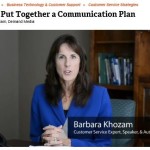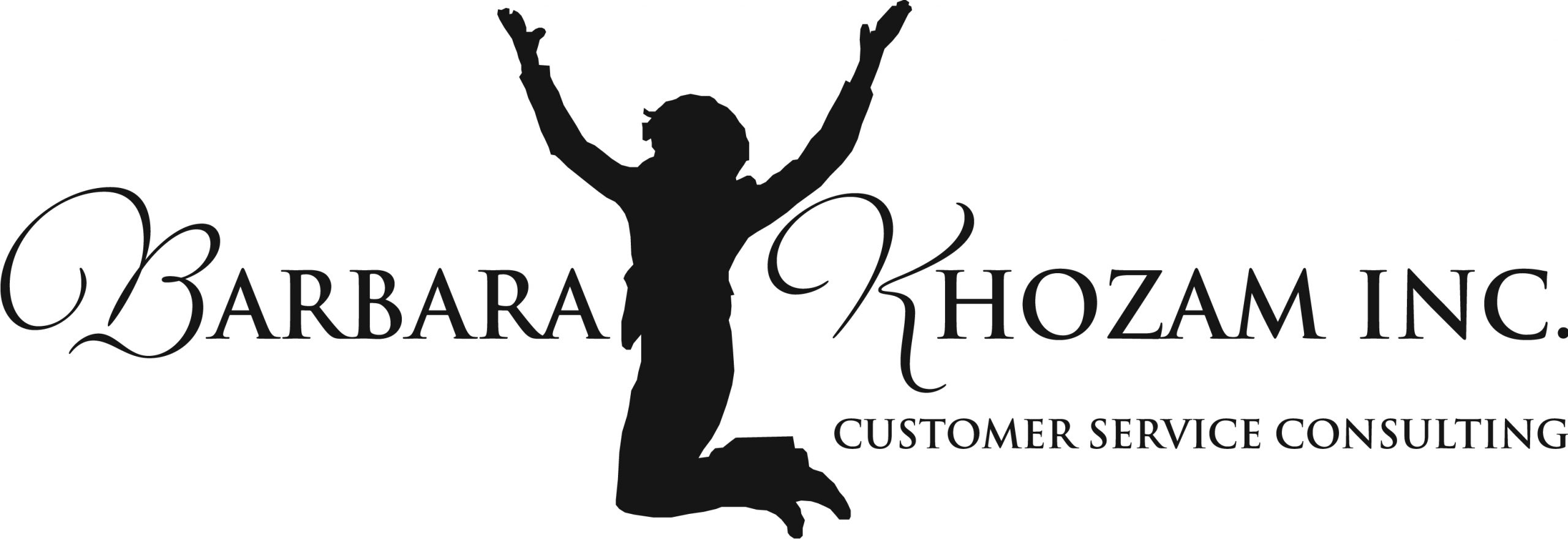No organization can thrive if it doesn’t communicate effectively with its employees or with its customers. Internally, without communication, staff members make up stuff, which feeds into gossip, which turns into negative rumors. This in turn, creates bad morale, which leads to low productivity. In many studies about what motivates employees, communication is always one of the top five motivators. So it’s vital for organizations to communicate effectively so employees get a feeling of being in on things, of being connected, of mattering. Externally, it’s important to communicate to customers about major shifts in policies and procedures. Doing so ensures smoother and friendlier periods of transition. This is especially important when your company needs to evolve after a market turn or withing a competitive marketplace.
It is most common to communicate with employees when they’re new hires, especially during the interview process. In my video, How to Put Together a Communication Plan
Strategies that Turn It Around:
1. Define your message clearly and to whom you are communicating. The most important part of a communication plan is knowing what your message needs to accomplish. What is your goal? When you know your goal, you can better prepare your message and you can target that message to the right audience.
2. Define which form(s) of communication you will use. Depending on your message, you have many options by which to spread the word. You can communicate via a brochure, flyer, press release, video, conference call, email, face-to-face, or a combination of any number of methods. The method will also be based on the complexity of your message. More detailed communications are better suited for brochures or flyers, whereas less detailed communications are better conveyed via telephone call or face-to-face.
3. Follow up. Don’t communicate a change once and never follow up. In order to have successful communication, you must be persistent and consistent.
Remember: Customer dissatisfaction can give you clues early on in the game about your business. Ensuring that you can recognize these clues to fix problems will help you to sustain a healthy and profitable business that’s here today, tomorrow, and well into the future.
Do you currently have a communication plan? What issues did you encounter when putting it into practice and how effective is it now? Please share your experiences in the Comments section below. I look forward to engaging with you and your comments.
